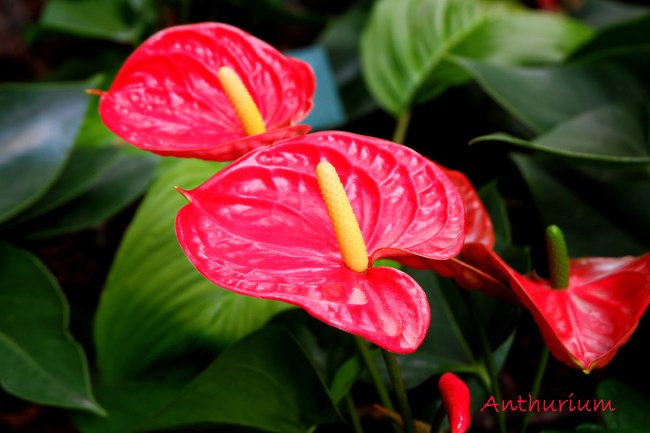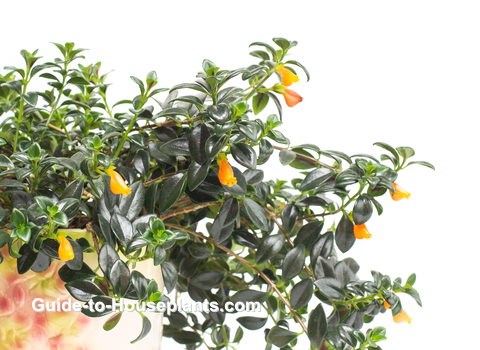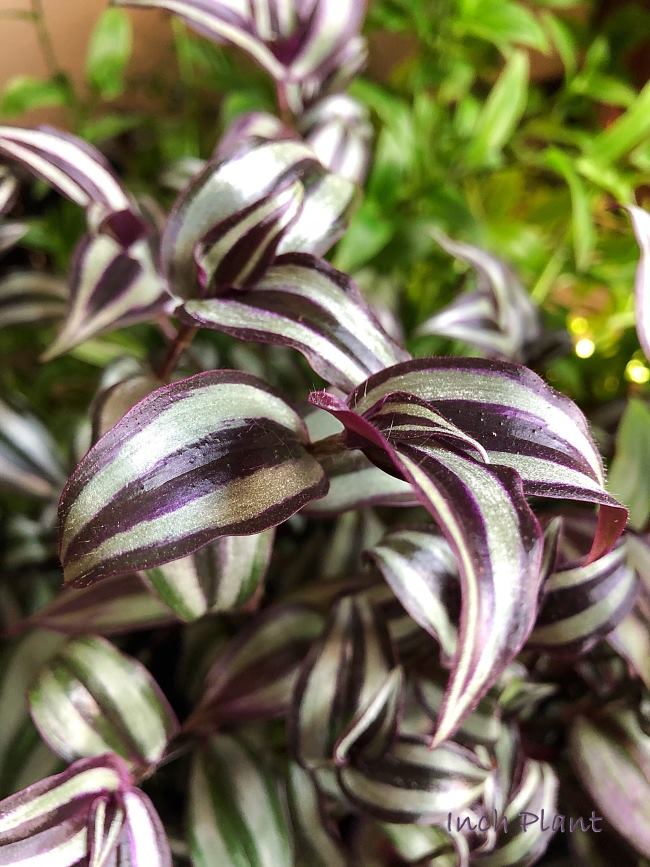Aluminum Plant
Botanical Name: Pilea cadierei
Showy, silver-splashed leaves make Aluminum Plant a stunning and popular house plant. It's easy to grow, too, as long as you can meet its need for humidity. It makes an eye-catching terrarium plant.
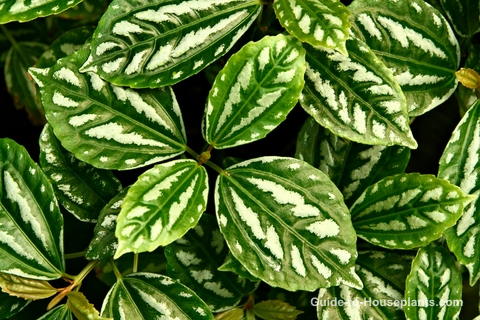
Get to Know Pilea Cadierei Houseplant
Stunning silver-patterned leaves make Aluminum Plant well worth growing.
Known botanically as Pilea cadierei, this is a fast-growing perennial plant. It spreads rapidly in its tropical native habitat of Vietnam, where it grows as a groundcover.
How big does Aluminum Plant get? It will grow up to 12 in (30 cm) in height.
Does it flower? Yes. Tiny, light-colored flowers sometimes appear in summer. Don't be afraid to pinch them off. They're insignificant compared to the foliage.
Its ovate green leaves are about 3 in (8 cm) long. Silvery streaks mark each leaf, adding a dramatic metallic design to its quilted texture. These unusual patterns give this plant another common name, watermelon pilea.
Caring for Aluminum Plant: Problems, Solutions and Answers
Pinch off growing tips to keep the plant from getting leggy. Pinch the fleshy stems early and often to encourage them to branch out and to stay compact. Don't toss out those cuttings, either. They'll root easily. (See "Propagation" below.)
Plant wilting? Aluminum plant prefers humidity to wet soil. In fact, it won't tolerate soggy soil which causes root rot. Aim to keep the soil lightly moist during the growing season.
Leaf drop? Older stems will drop its lower leaves. This is normal. Cut back older stems in spring when they become leggy. If your plant drops quite a few leaves, it's likely caused by overwatering. Move the plant to a warmer spot and stop watering until the soil dries out a bit. If you believe you've hopelessly overwatered, repot at once in fresh soil.
Repot in spring when it outgrows its pot. Use a pot with a hole to provide good drainage. If you want to use a cachepot (a decorative planter without drainage holes), just slip the plain nursery pot inside the cachepot. I put small river rocks in the bottom of cachepots to keep the pots above the drainage water.
Something bugging your plant? It's a good idea to check your plant for aphids. These pests are attracted to soft, new growth on plants. They feed by sucking sap from the plant, then secrete sticky honeydew, which left untreated promotes black, sooty mold on the leaves. Remove any part of the plant that is badly infested and treat with an insecticide.
Is Pilea cadierei poisonous? No -- according to the ASPCA, this tropical plant is non-toxic to cats and dogs.
Buying Tip
You'll find this tropical native for sale at nurseries and online in spring and summer. Look for the botanical name Pilea cadierei to be sure you're getting this plant.
Pinch off the growing tips to keep it small. It makes an ideal dish garden or terrarium plant.
Aluminum Plant Care Tips
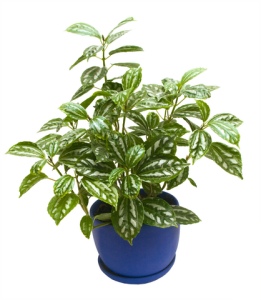
Light: Bright light. The foliage will lose its variegation if the light level is too low. It's a good idea to place it in bright, filtered sunlight year-round.
Water: Keep soil lightly moist spring through fall. Overwatering will cause leaves to wilt or fall off.Use a pot with drainage holes and allow soil to dry out a little between waterings. Keep slightly drier in winter.
Humidity: Moderate to high (at least 50% relative humidity). To raise humidity, place the plant on a tray of wet pebbles or near a cool-mist room humidifier. This plant also loves to be misted with room-temperature water. It makes an ideal terrarium plant.
Temperature: Average room temperatures 65-75°F/18-24°C year-round. This tropical native doesn't like the cold at all. Keep it away from drafts and AC/heat vents.
Soil: Peat moss based potting mix with added perlite for faster drainage. African violet potting mix is ideal.
Fertilizer: Feed every 2 weeks in spring and summer with a balanced (such as 10-10-10 NPK) water-soluble fertilizer at half the recommended strength.
Propagation: Take 3 in (7.5 cm) stem tip cuttings in spring or summer. Cut the stem just below a node -- the place where a leaf is attached. Place the cut end in moist potting mix and cover the plant with a plastic bag to retain humidity. For best results, use a heat mat to maintain an even 70°F/21°C temperature. Cuttings root easily in a month.
